Aglaonema Plant. Care
The Aglaonema
Aglaonema is a very popular houseplant prized for its attractive foliage. It is native to tropical regions of Asia, specifically countries like the Philippines, Indonesia, and Malaysia. Some Aglaonema varieties can grow to a height of 60 cm to 1 meter.
___________________________________________________________________________
Light:
Aglaonema tolerates low light conditions, making it an excellent choice for dimly lit interiors. However, it can also adapt to moderate to bright light, as long as it avoids direct exposure to intense sunlight.
Water:
Aglaonema prefers to keep its substrate slightly moist, but not waterlogged. Avoid allowing the plant to dry out completely between waterings.
In general, it's best to water when the top layer of soil feels dry to the touch. Make sure the water drains properly and doesn't accumulate at the bottom of the pot.
Humidity:
Aglaonema prefers high relative humidity, but can adapt to normal indoor conditions. You can increase humidity by placing the plant on a tray of pebbles and water, or by using a humidifier.
Temperature:
The ideal temperature range for the Aglaonema plant is 18°C to 24°C (64°F to 75°F). This plant prefers warm temperatures and doesn't tolerate sudden temperature changes well.
Substratum:
Use a well-drained, nutrient-rich substrate for growing Aglaonema. A potting soil mix with perlite or peat moss often works well.
Repotting is not often necessary, as Aglaonema tends to grow slowly.
Toxicity:
Aglaonema can be toxic to dogs, cats, and other animals if ingested. The toxic parts are primarily the leaves. If you have pets, it's advisable to keep the plant out of their reach.
Additional:
It is a low-maintenance plant, ideal for those who do not have much experience in plant care.

___________________________________________________________________________
Common problems:
- Yellow leaves: This can be caused by overwatering, lack of light, extreme temperatures, or drainage problems. Adjusting watering, improving lighting, and ensuring the pot has good drainage can help solve this problem.
- Leaf spots: These spots can be caused by sunburn due to direct exposure to intense sunlight. They can also be caused by fungal or bacterial diseases. Avoid direct sunlight and ensure the plant has a well-ventilated environment to prevent disease.
- Wilted or drooping leaves: Overwatering or underwatering can cause leaves to wilt or drop. Make sure to keep the soil slightly moist and avoid overwatering the plant.
- Dry leaf tips: This is usually caused by a lack of humidity in the environment. Increasing the humidity around the plant by using a humidifier or placing the pot on a tray of pebbles and water can help resolve this problem.
- Pests: Some common pests that can affect Aglaonema are spider mites, mealybugs, and aphids. Regularly inspect the plant for signs of infestation, such as spots, cobwebs, or insects on the leaves. If an infestation occurs, you can use appropriate pest control methods, such as applying natural insecticides or wiping the leaves with a damp cloth.




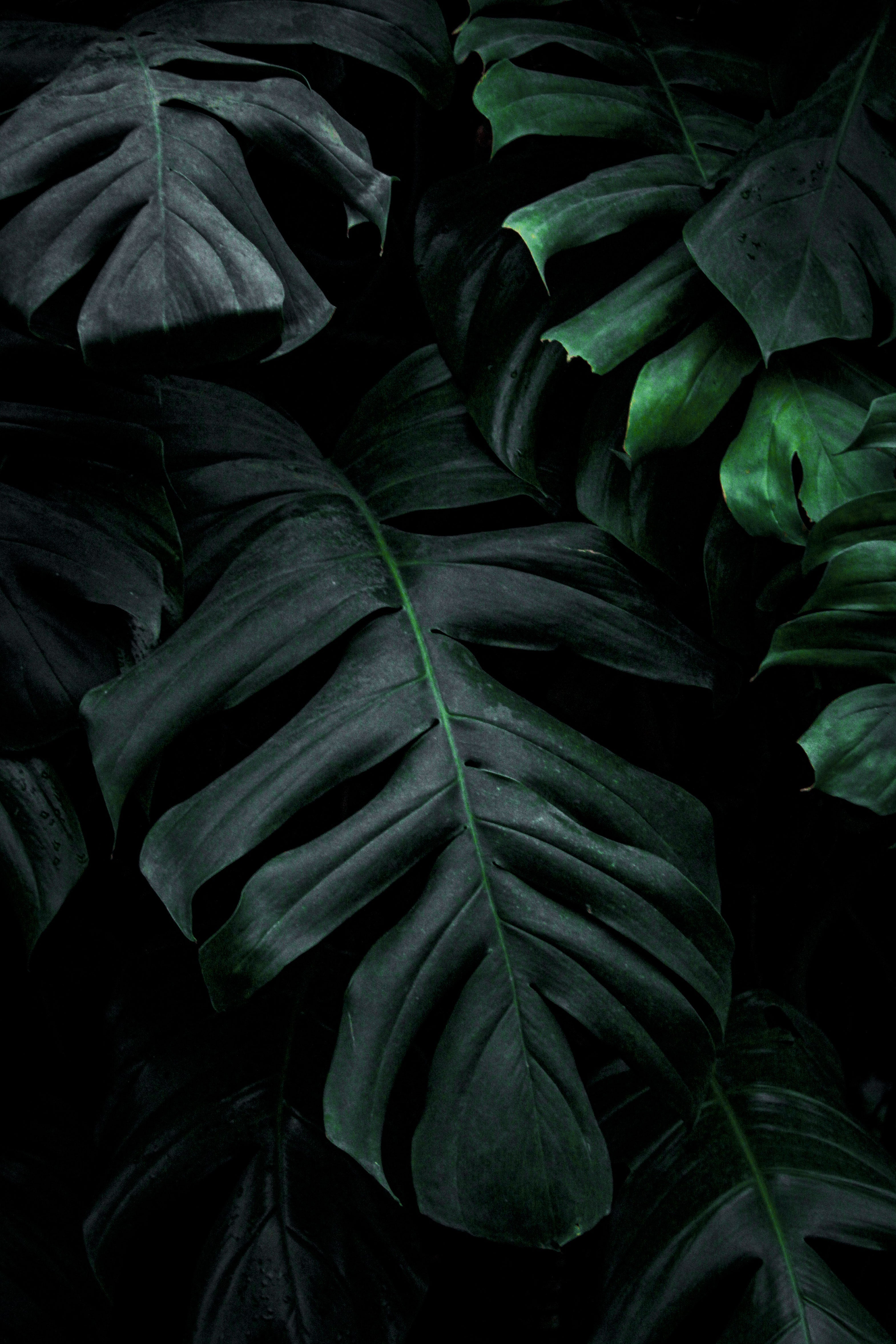
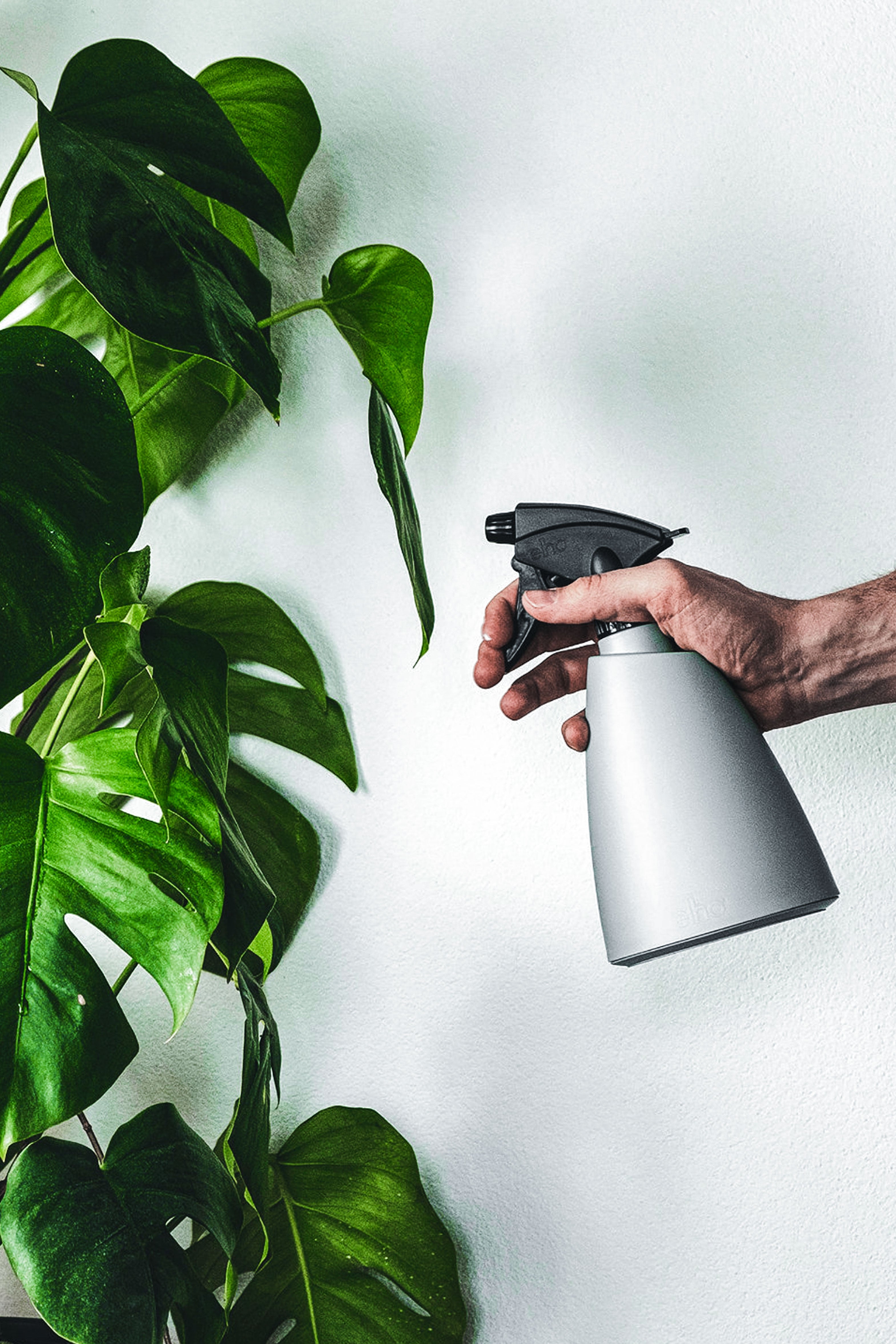
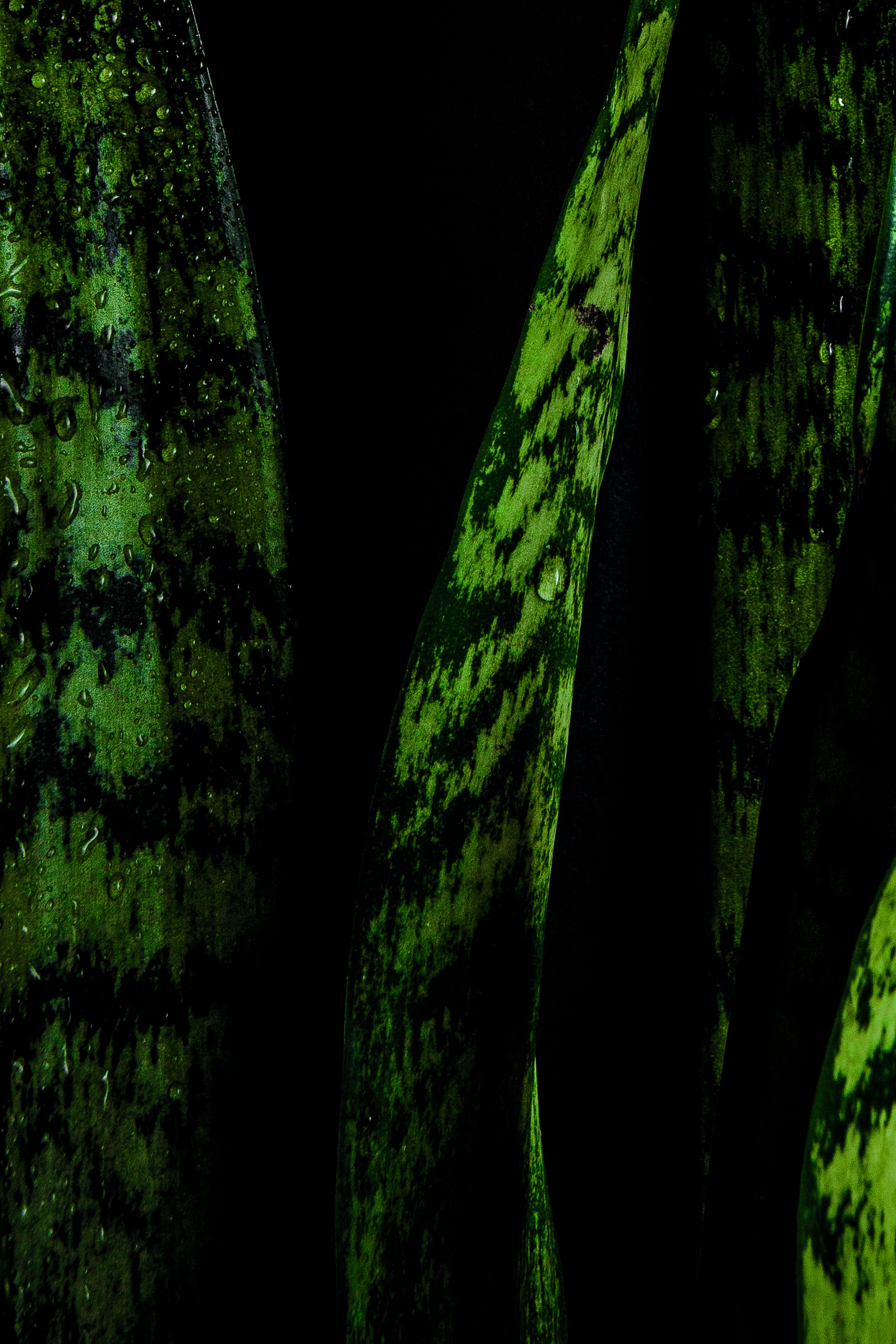
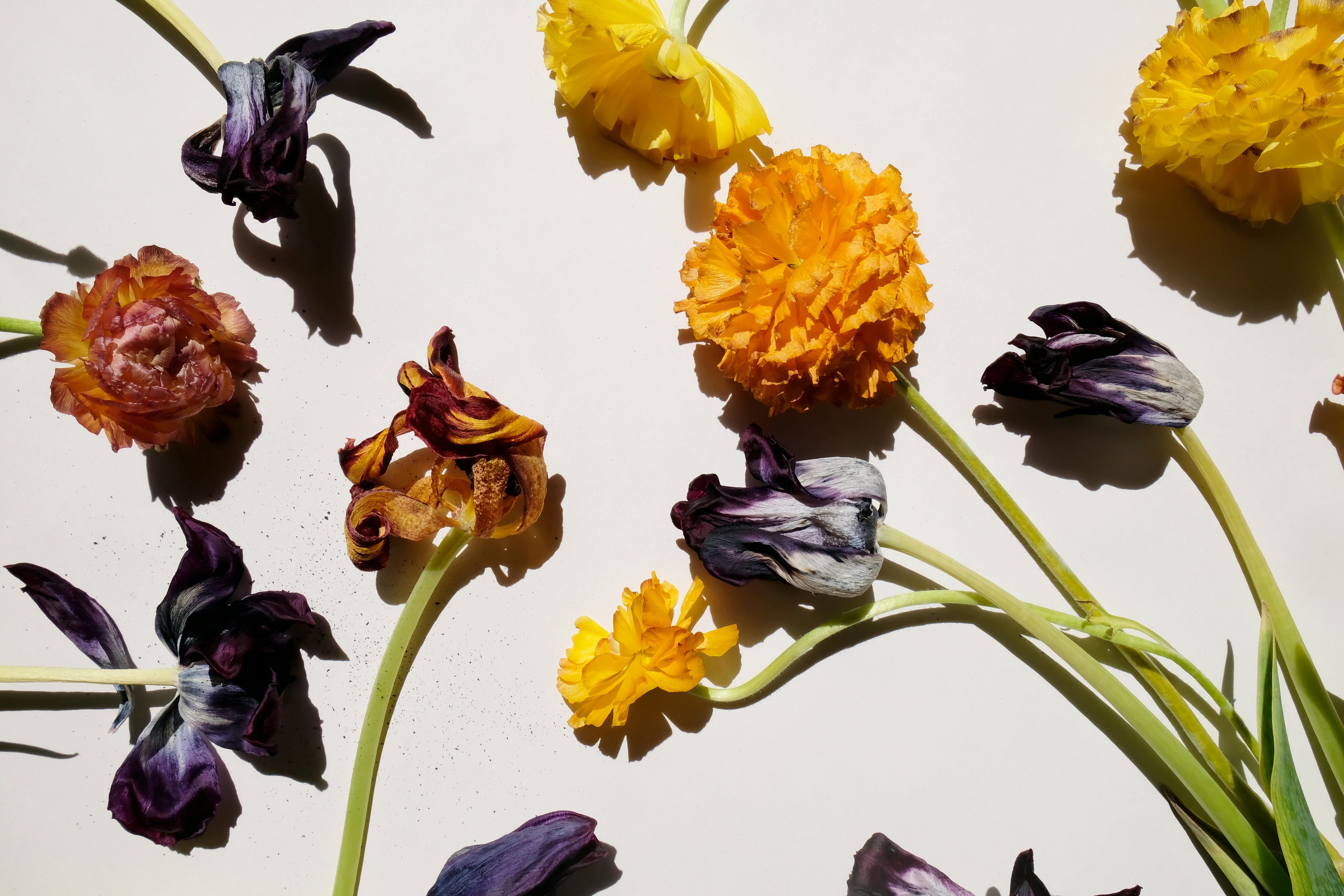
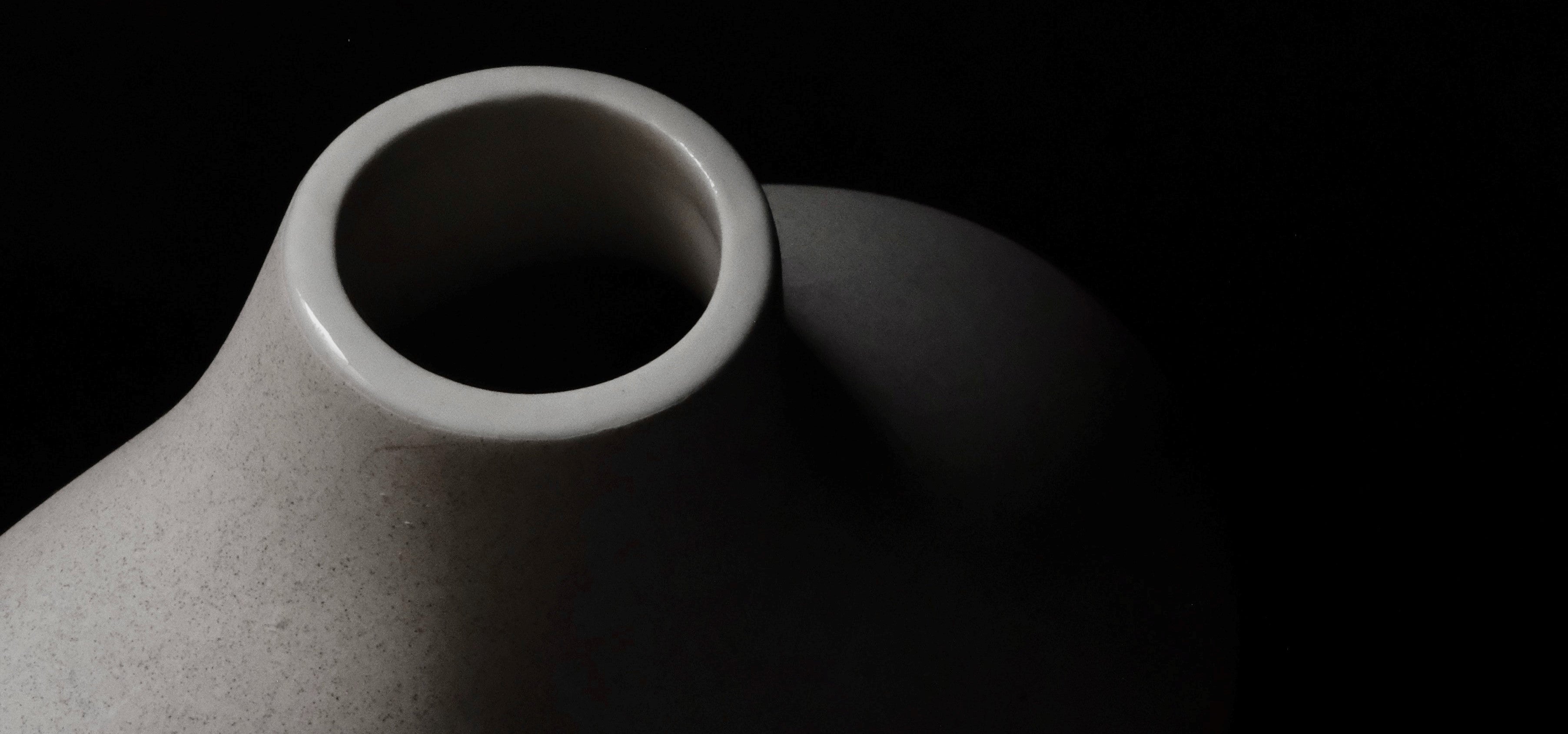
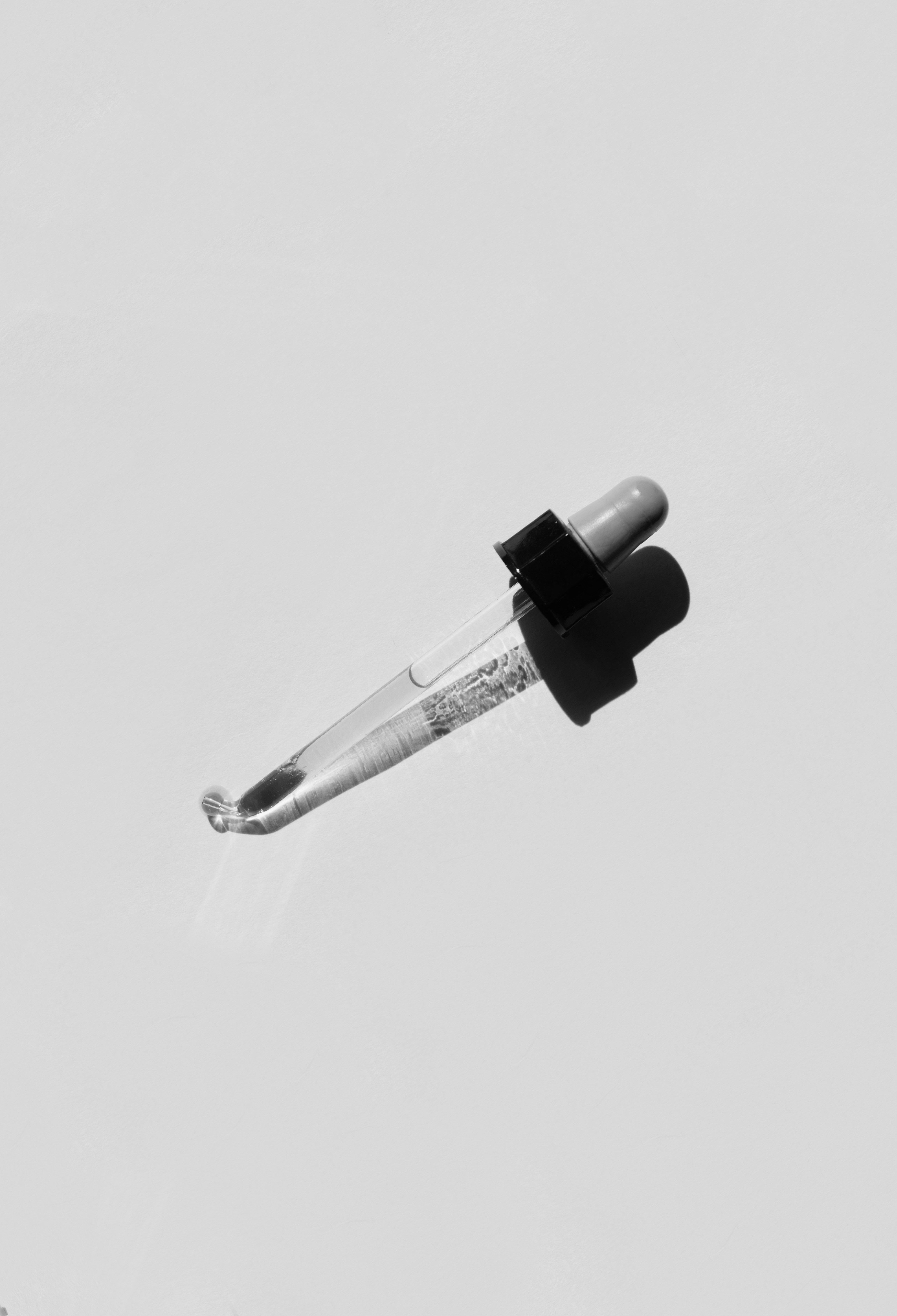
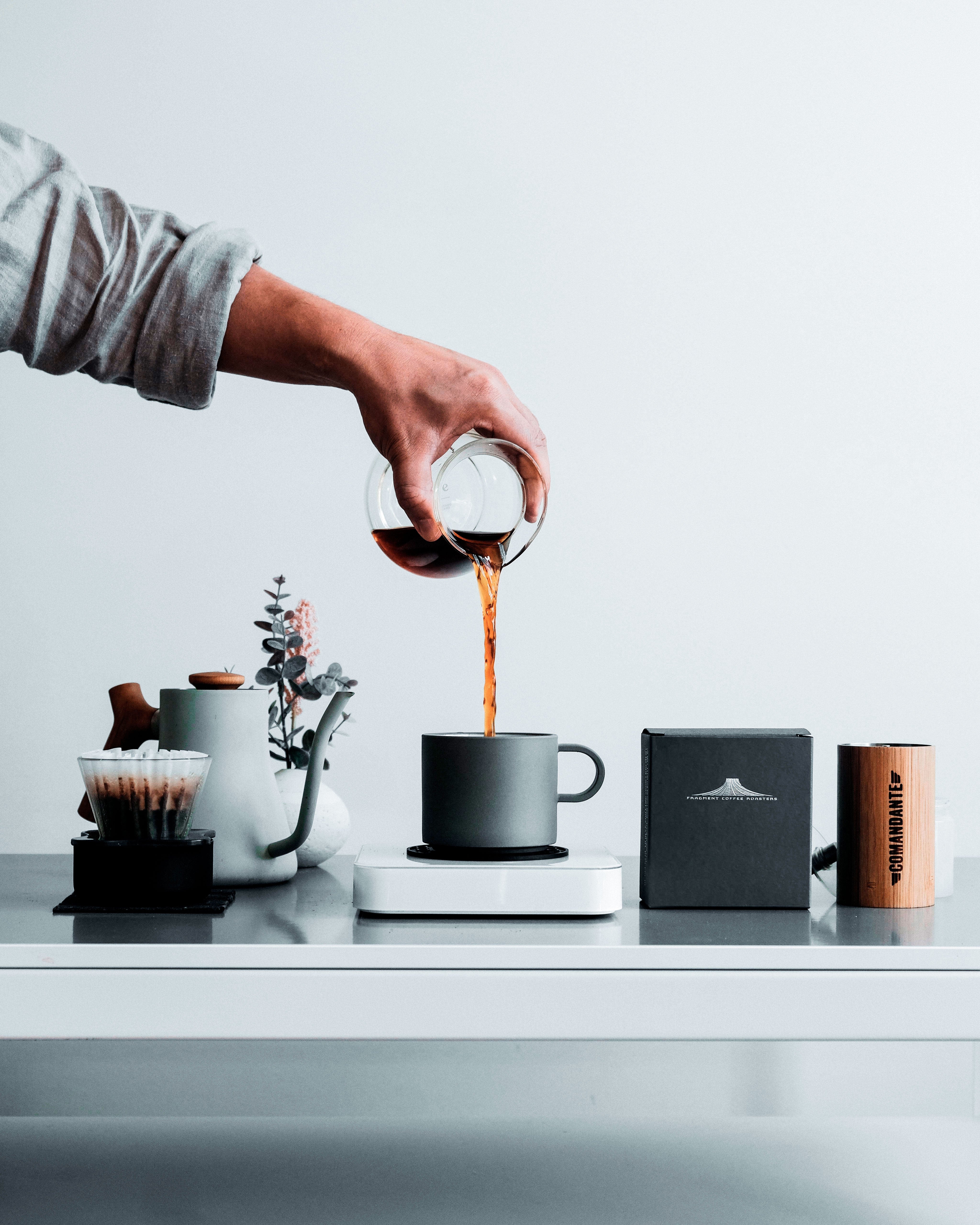
Leave a comment